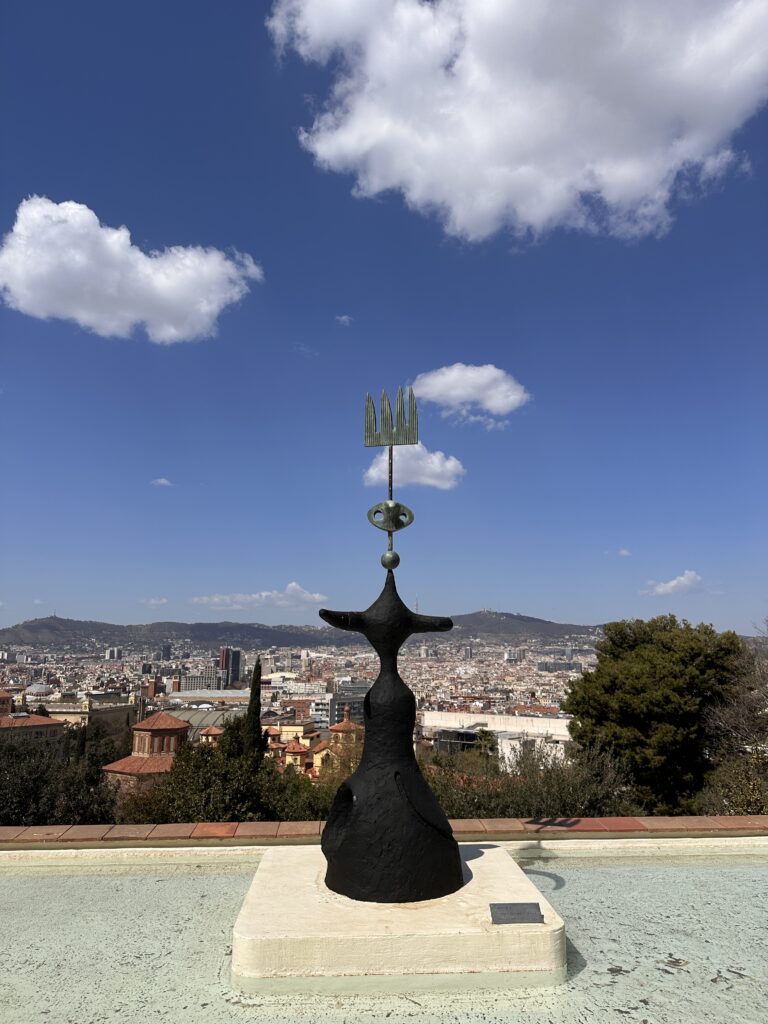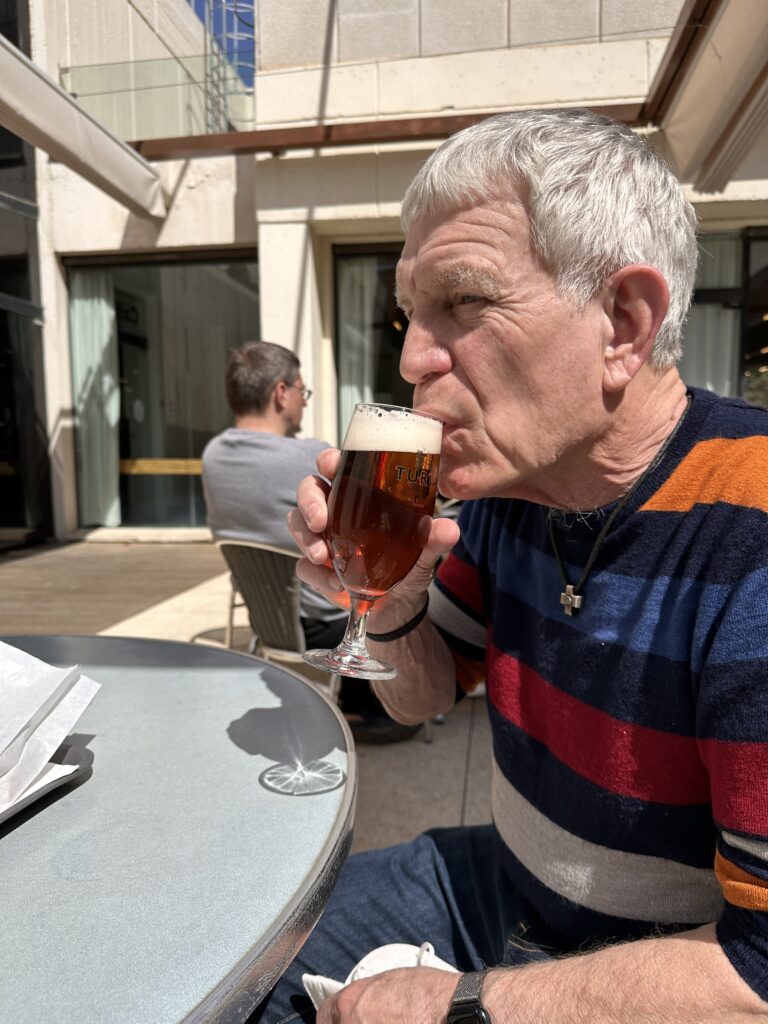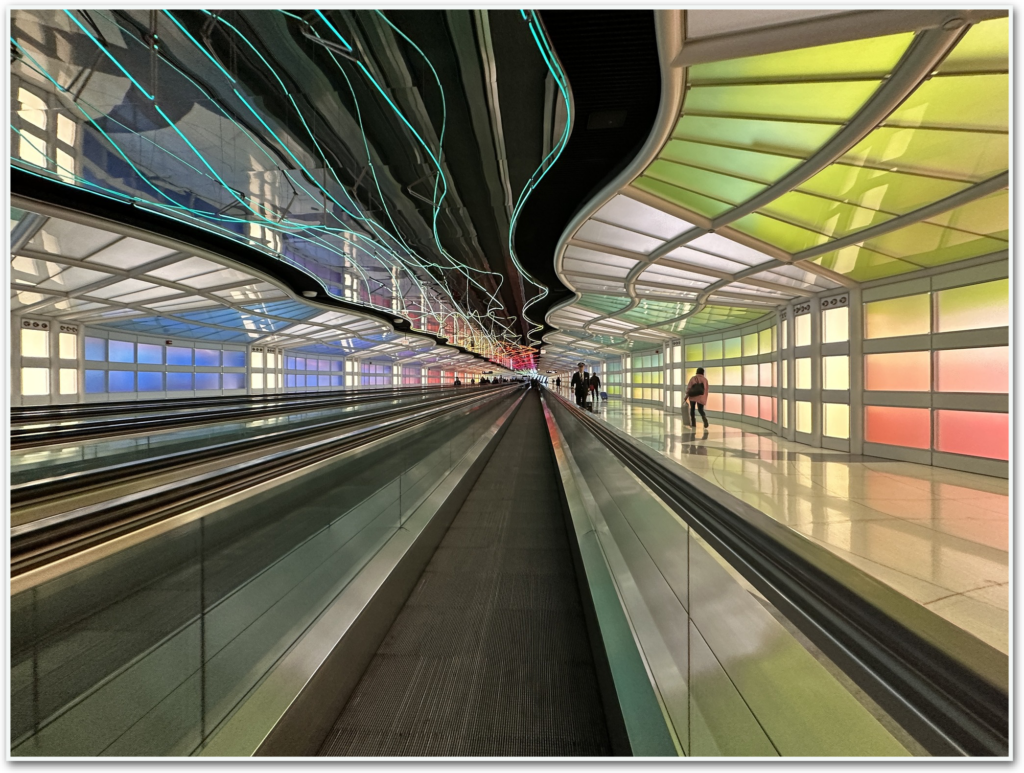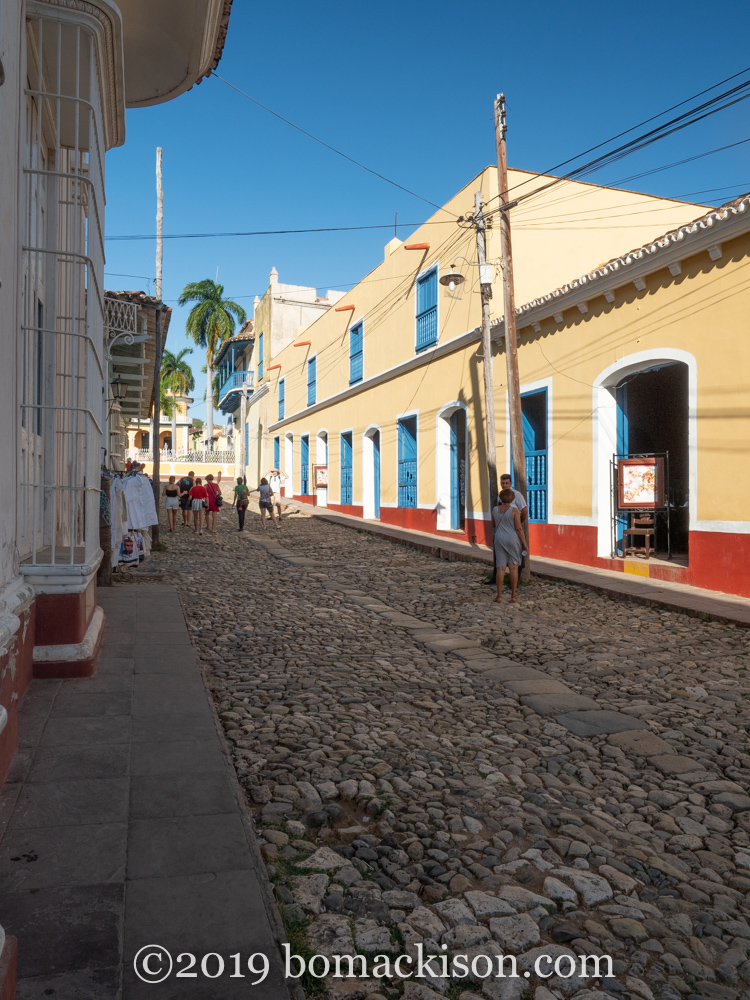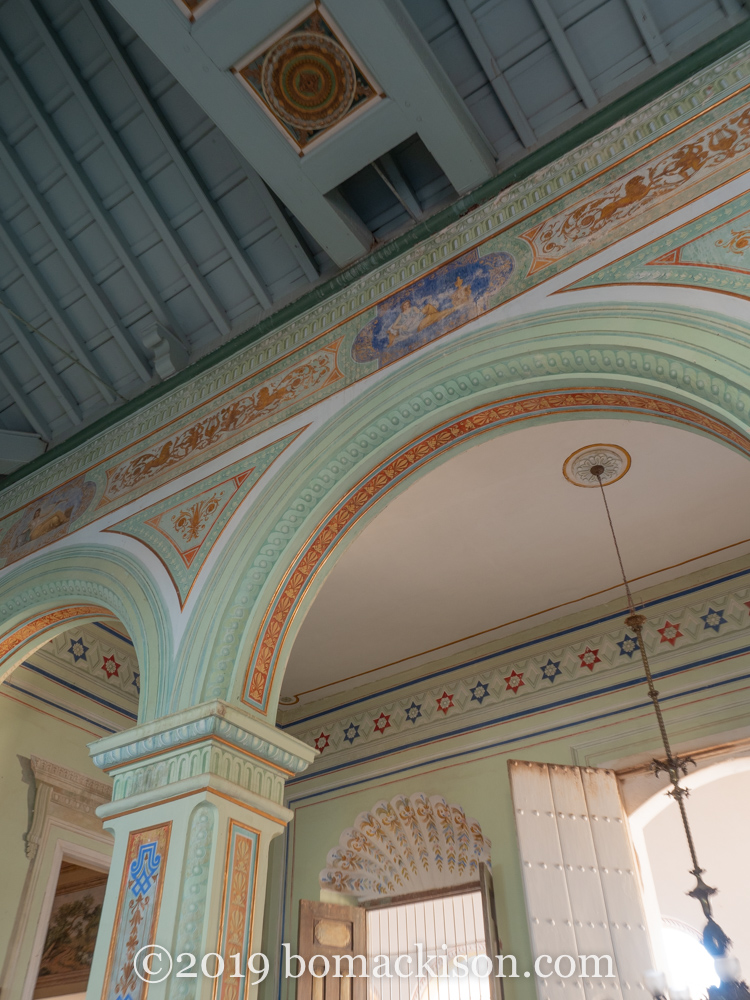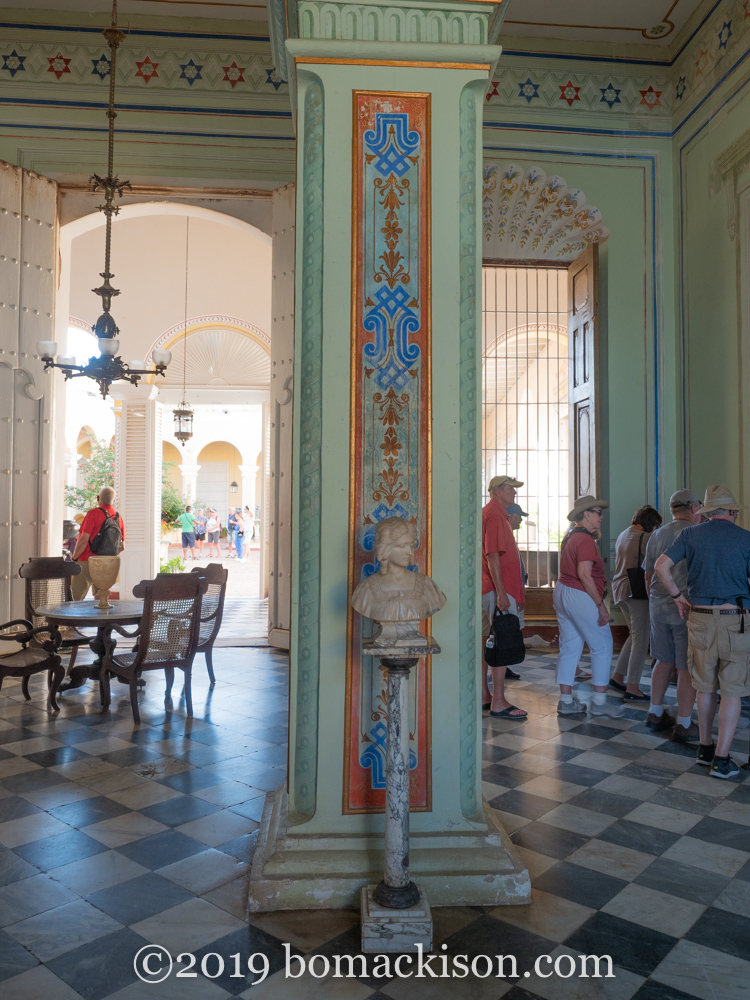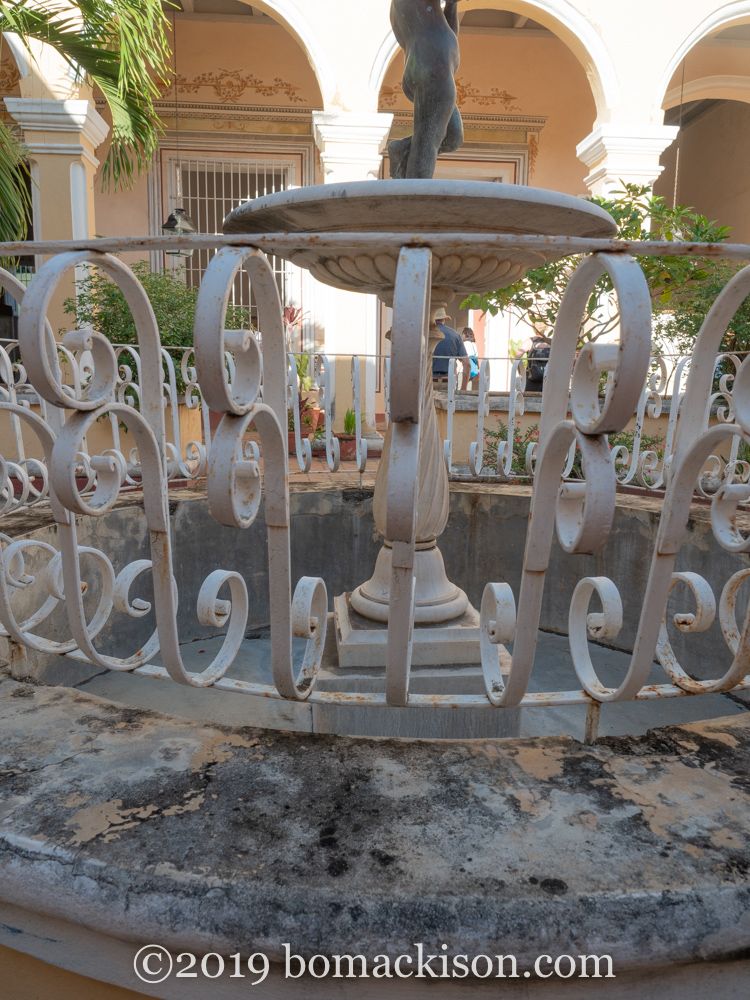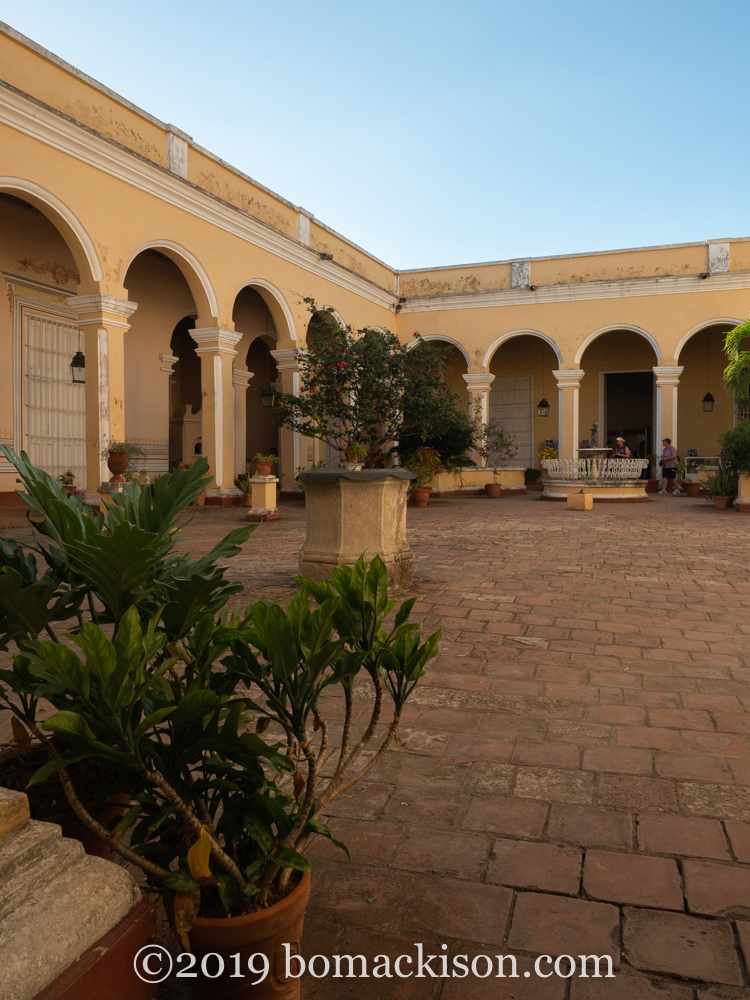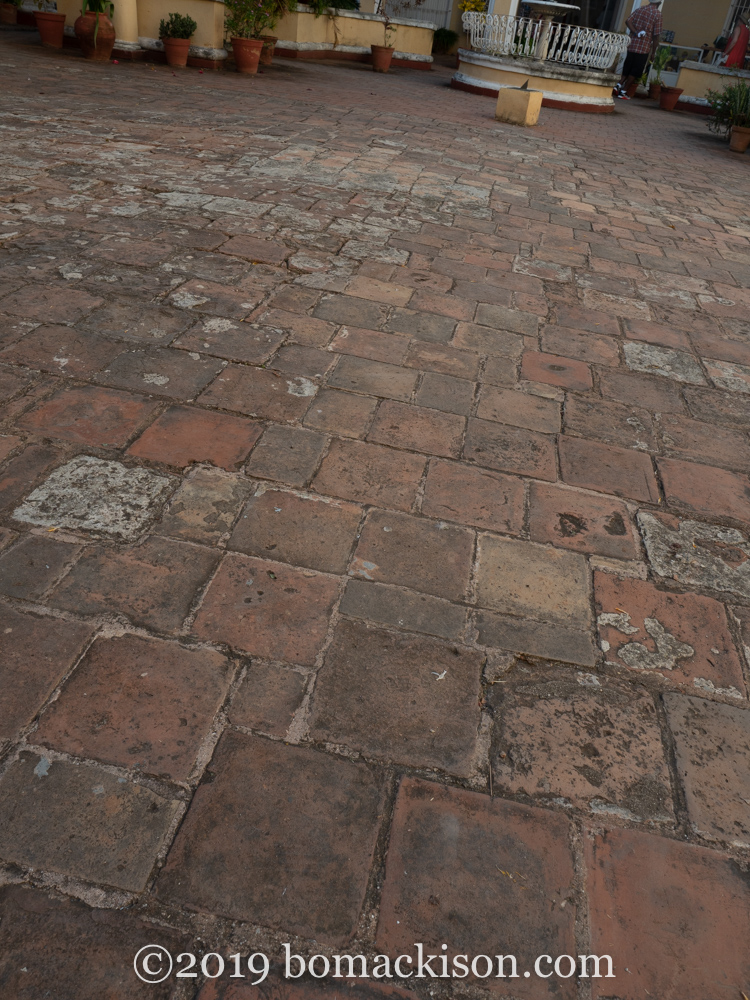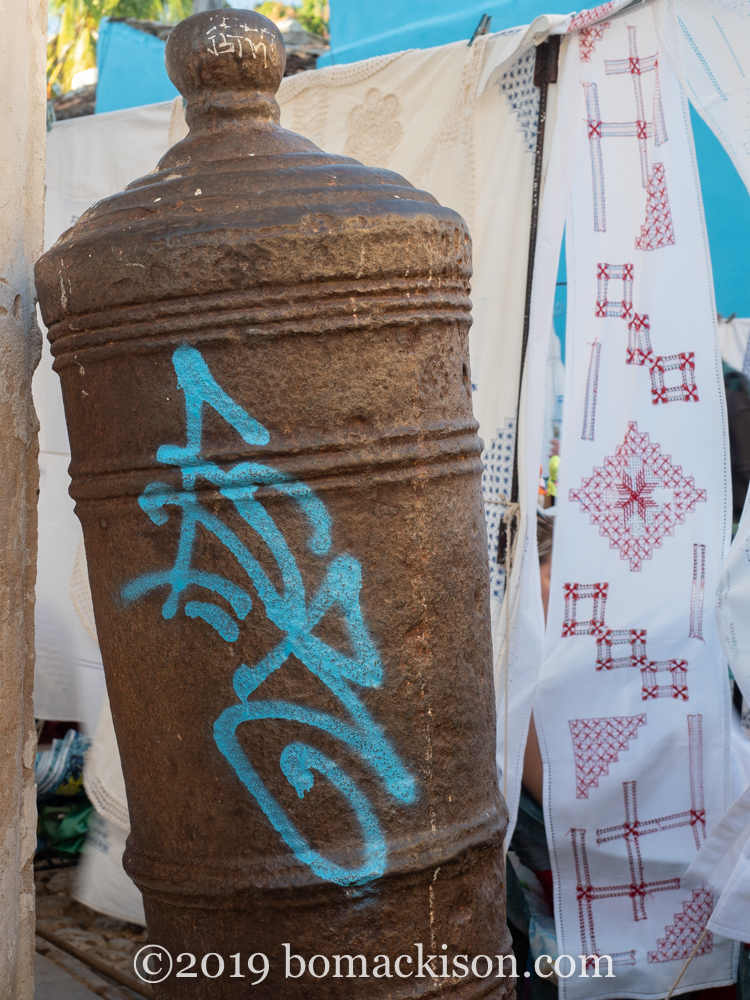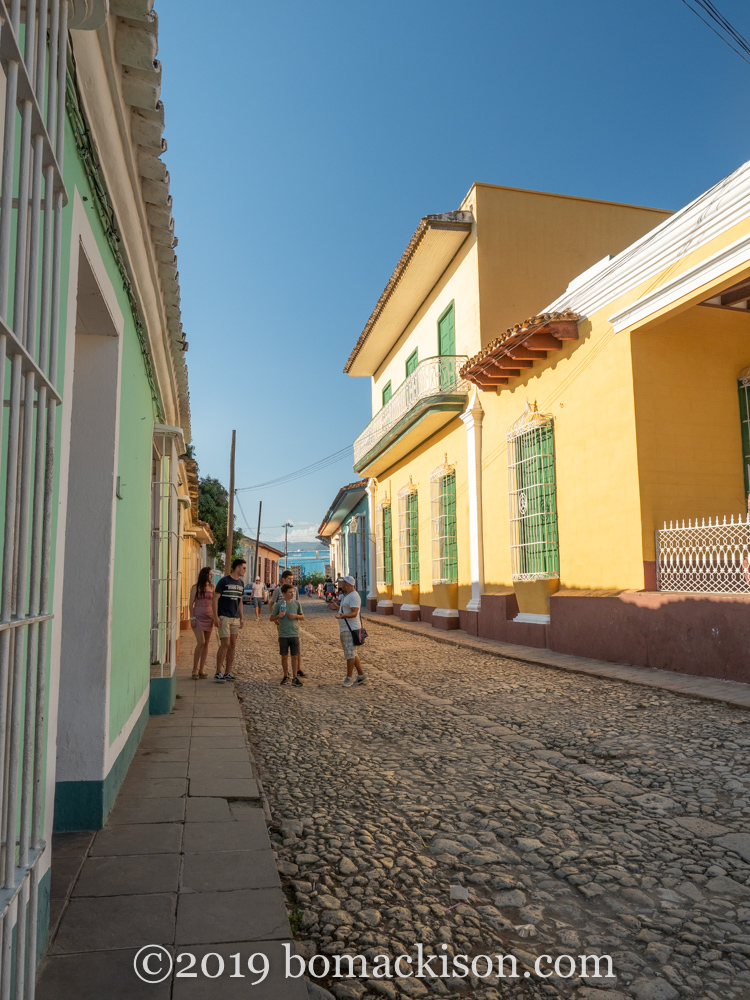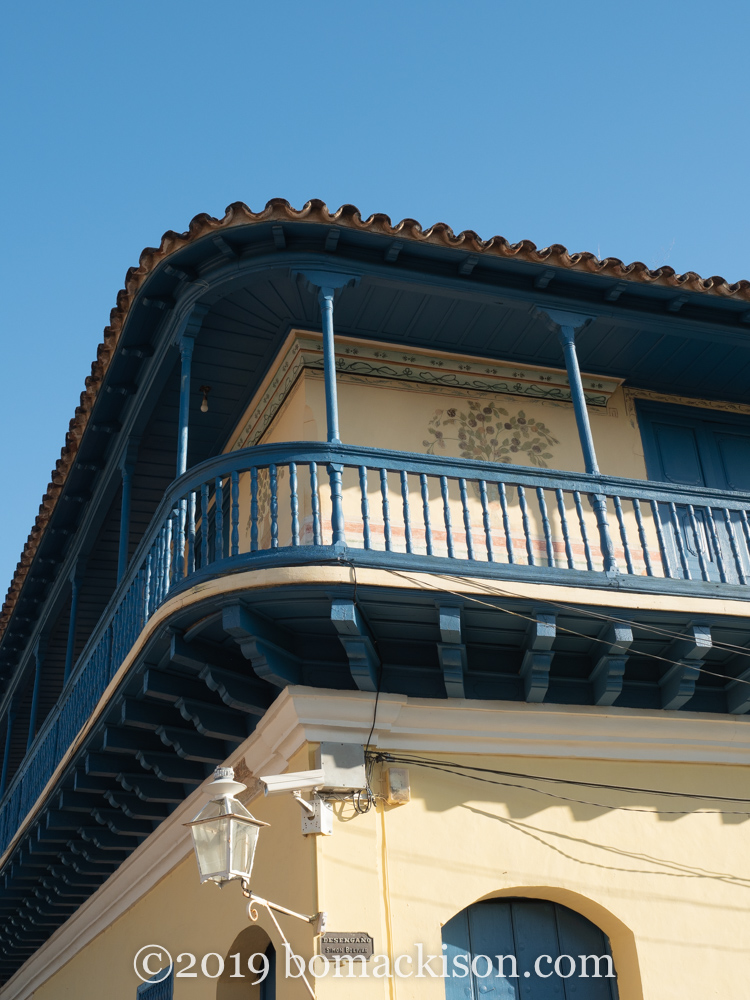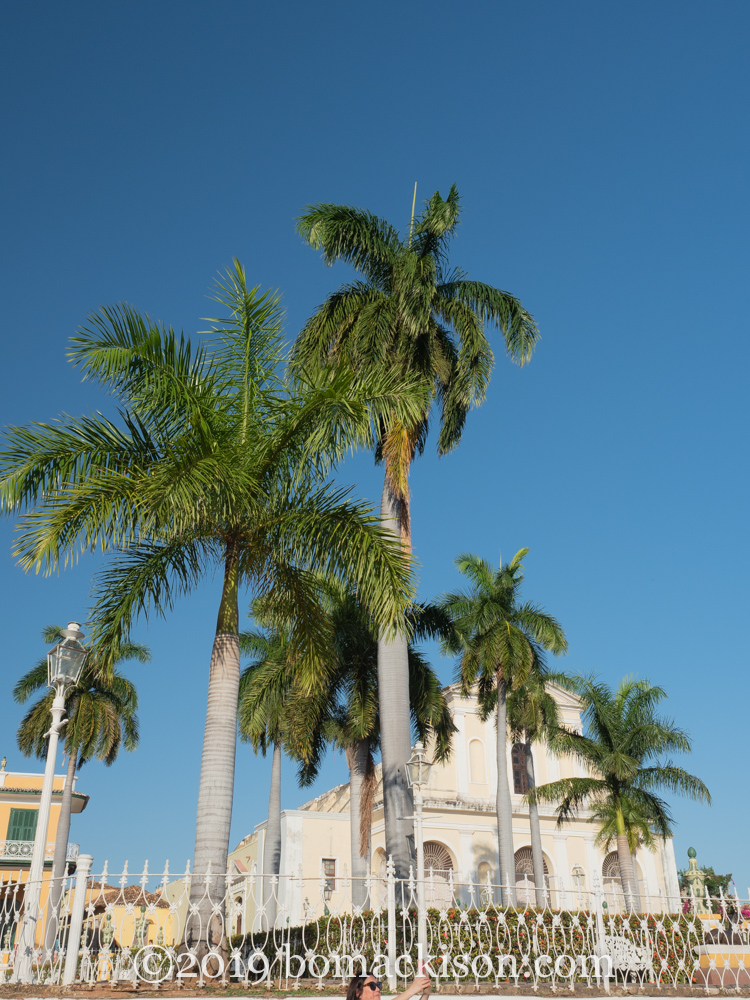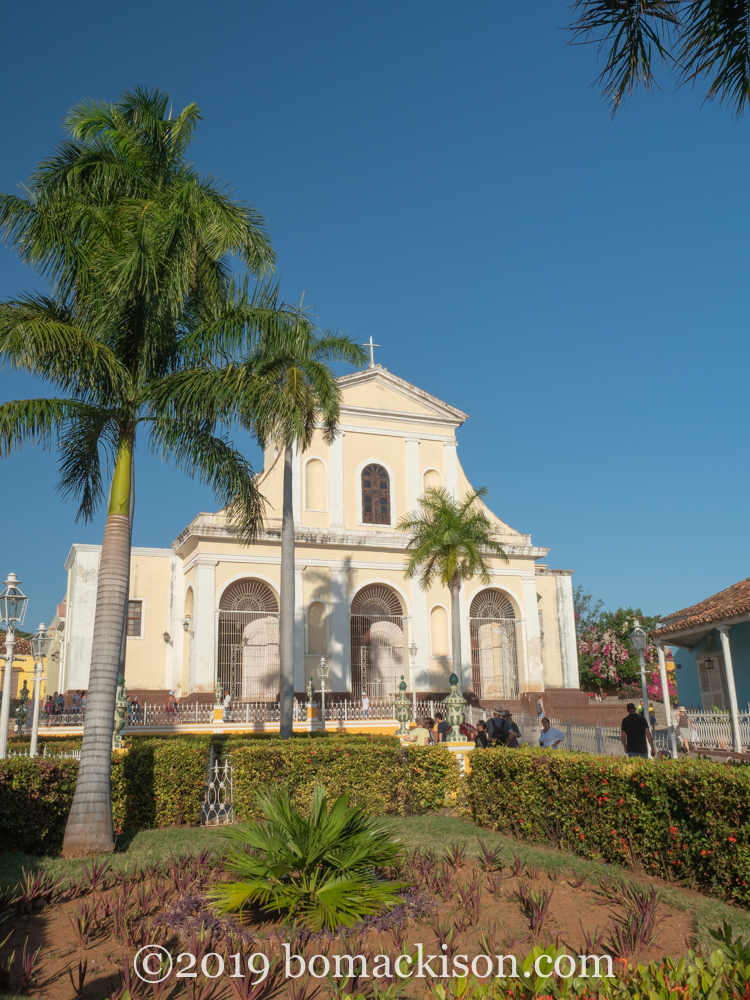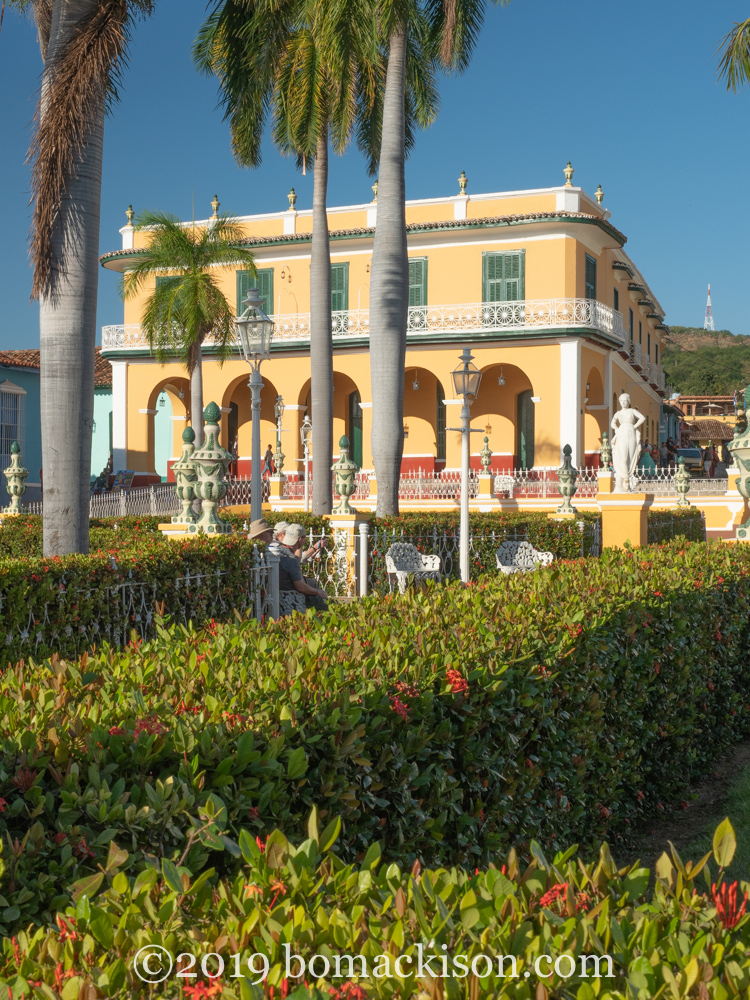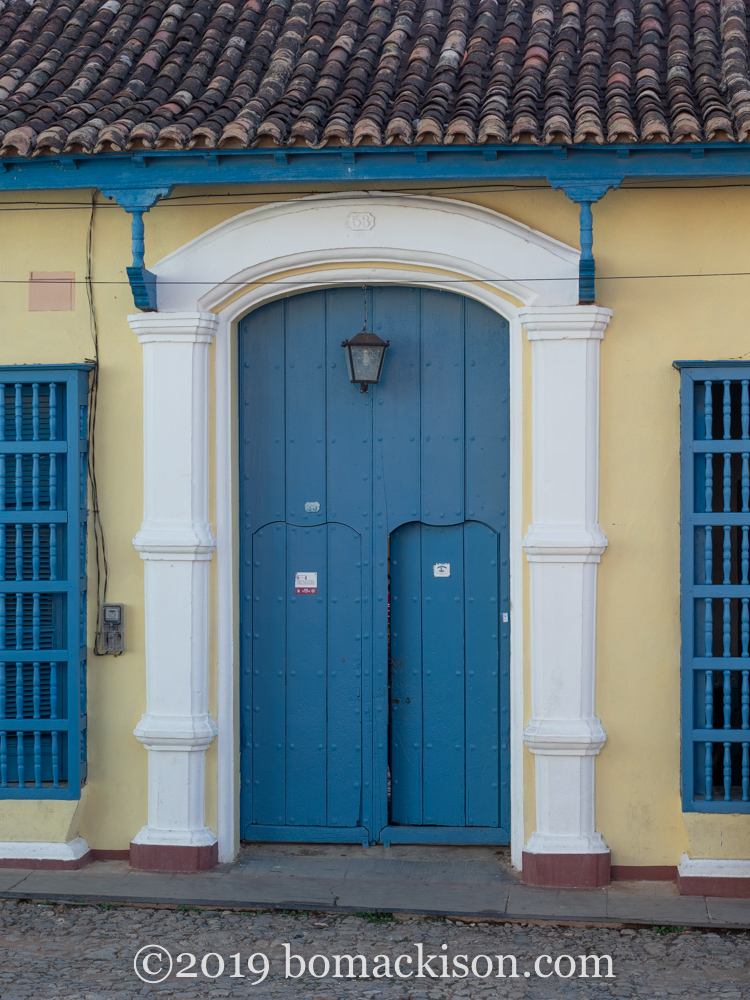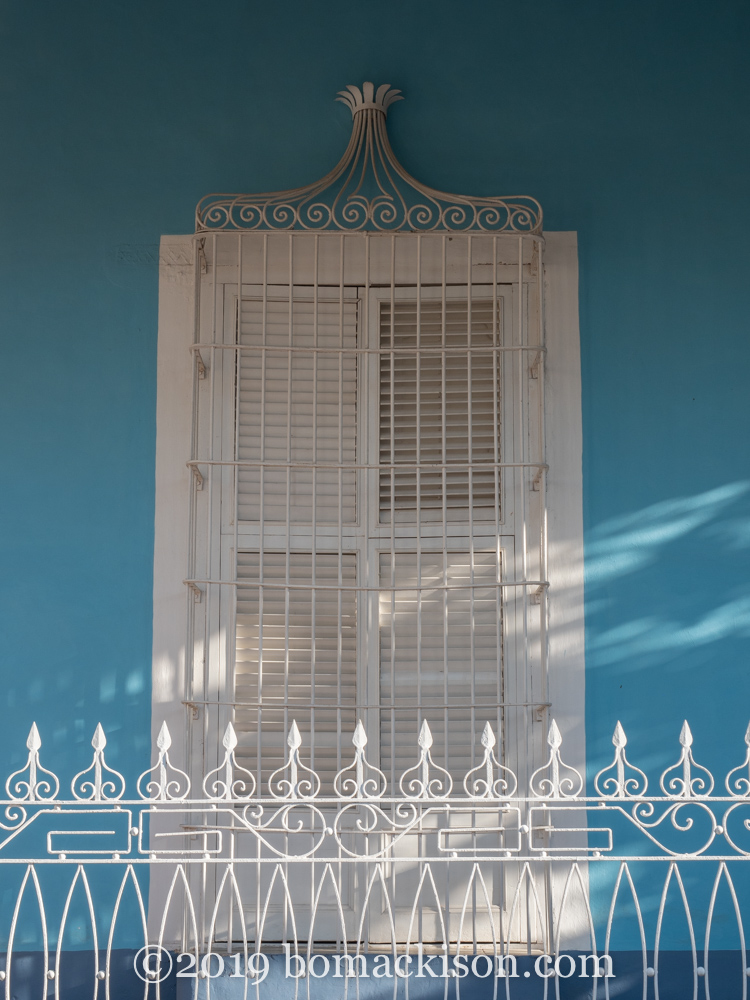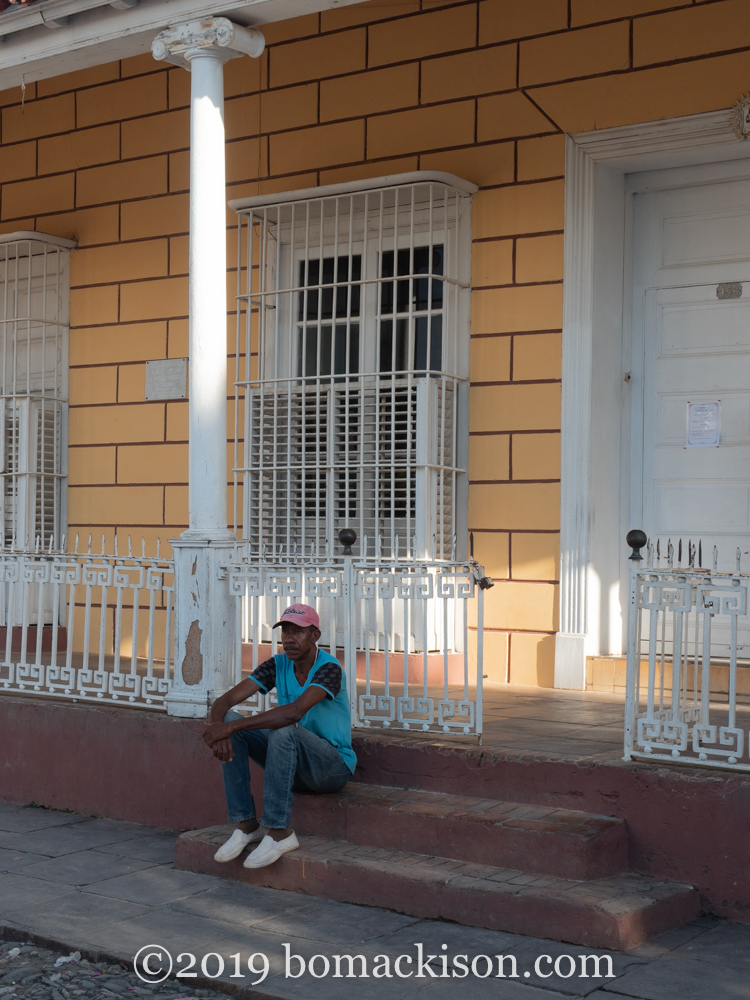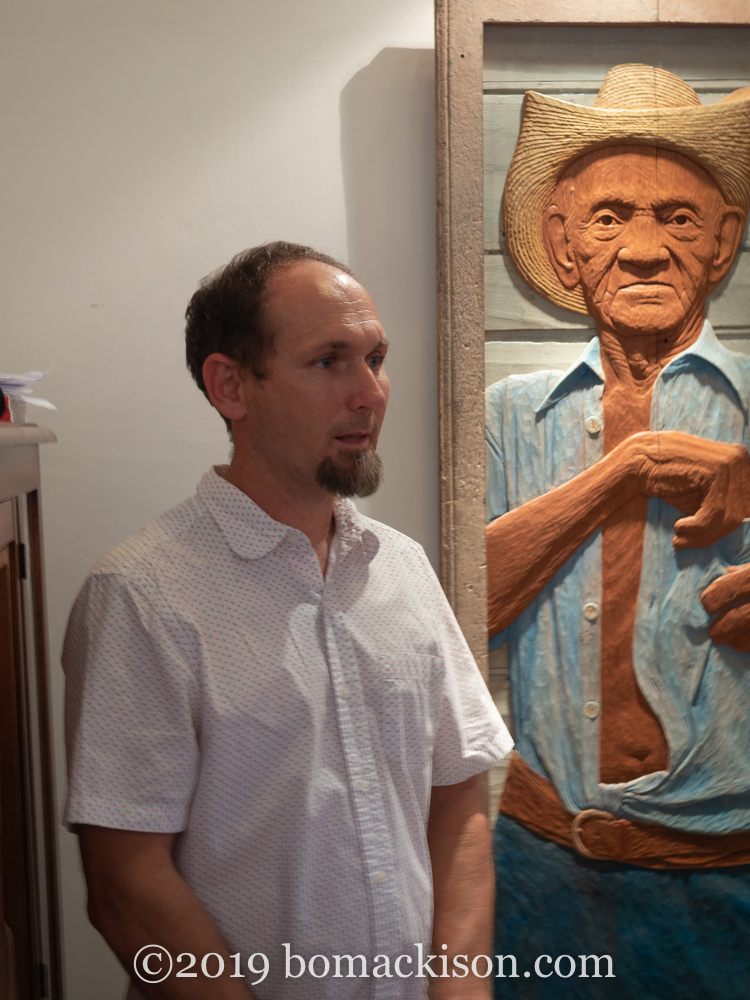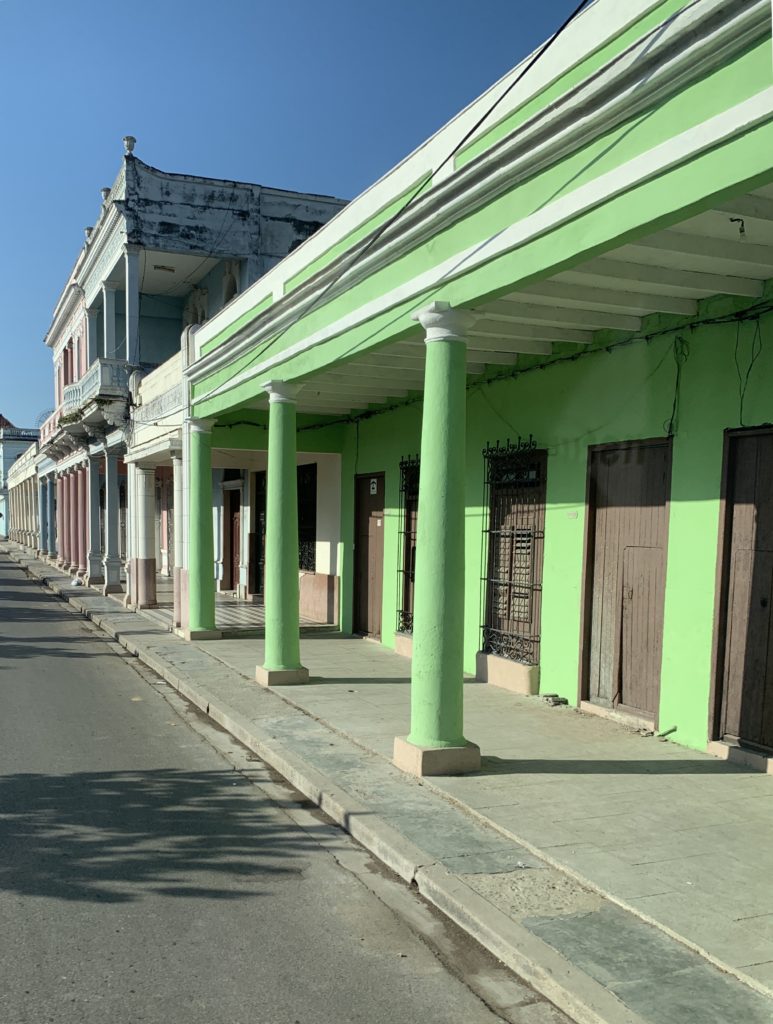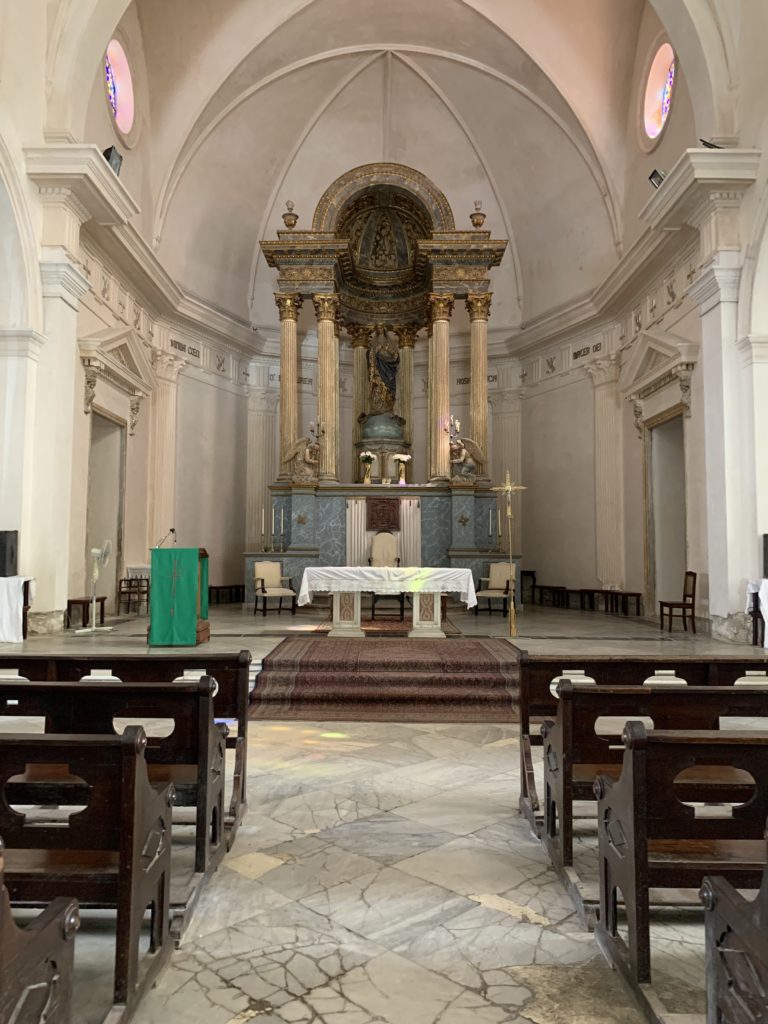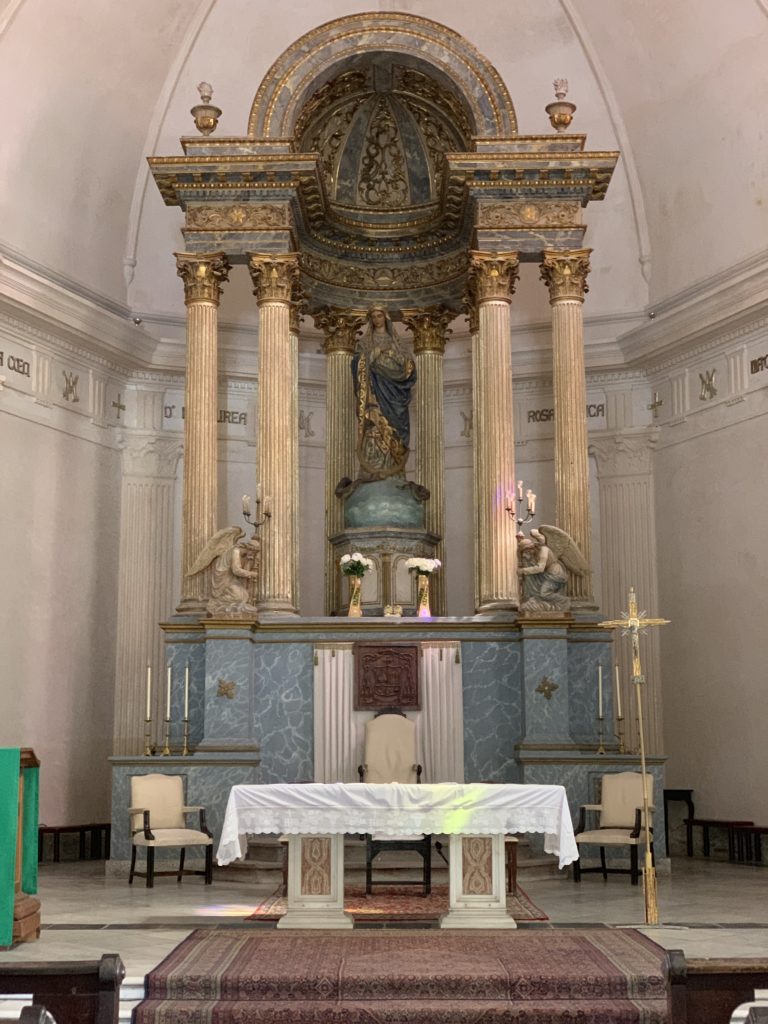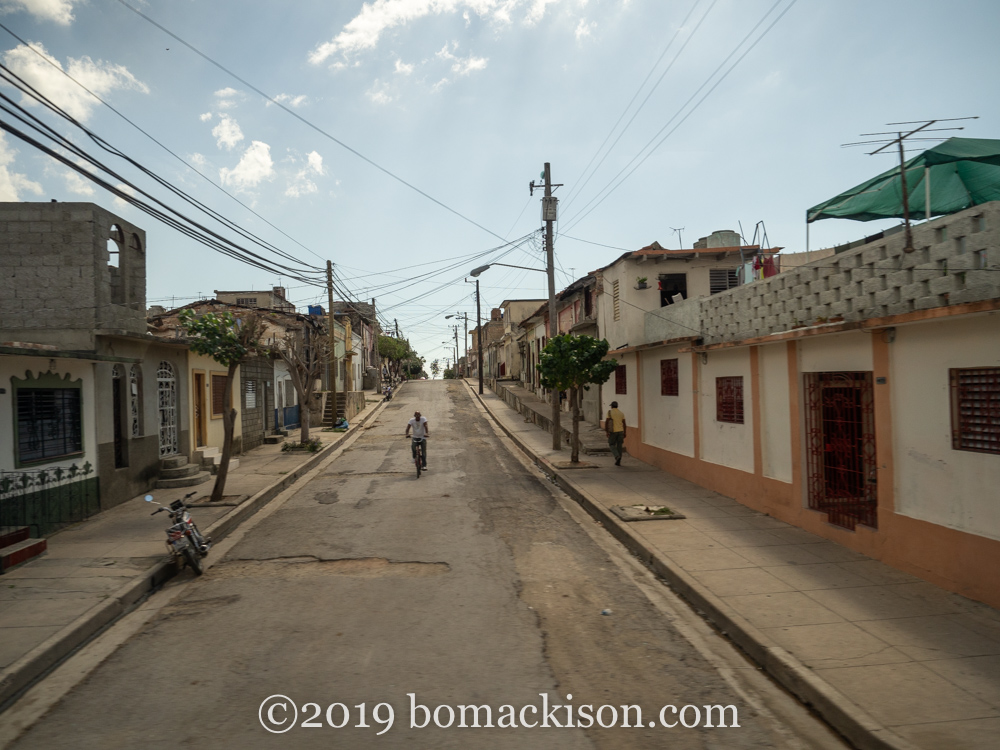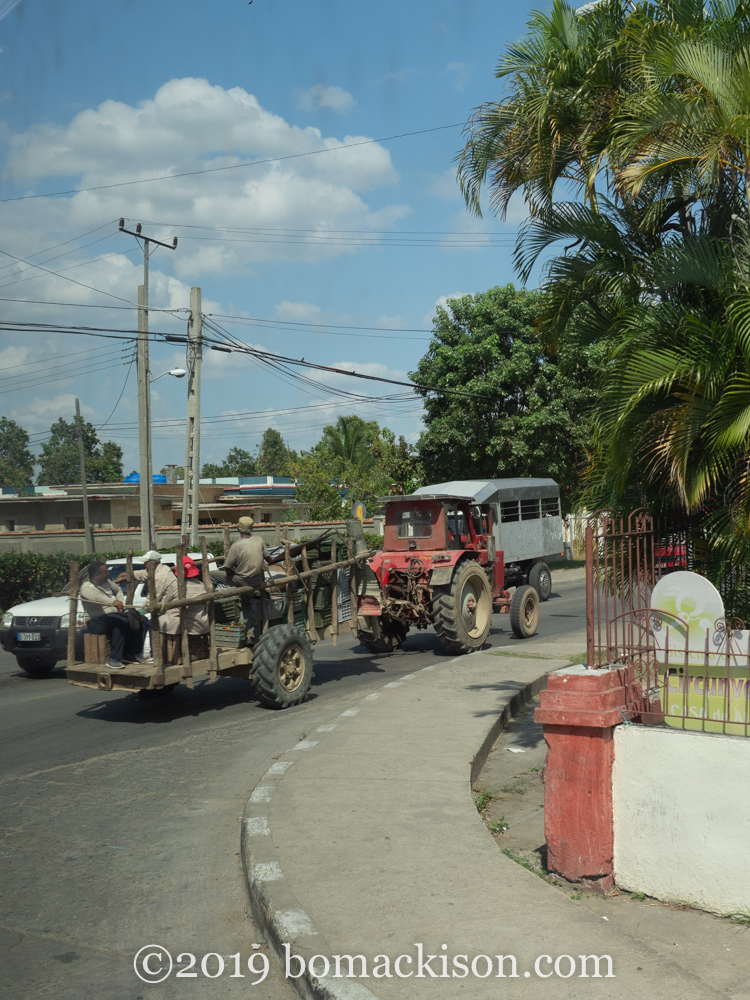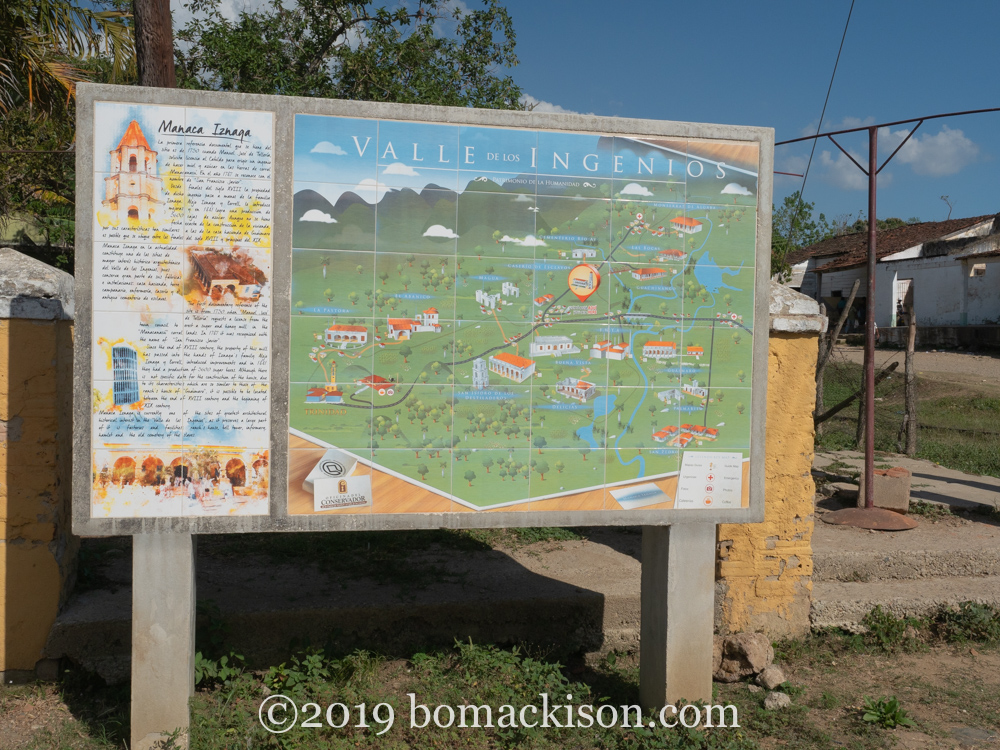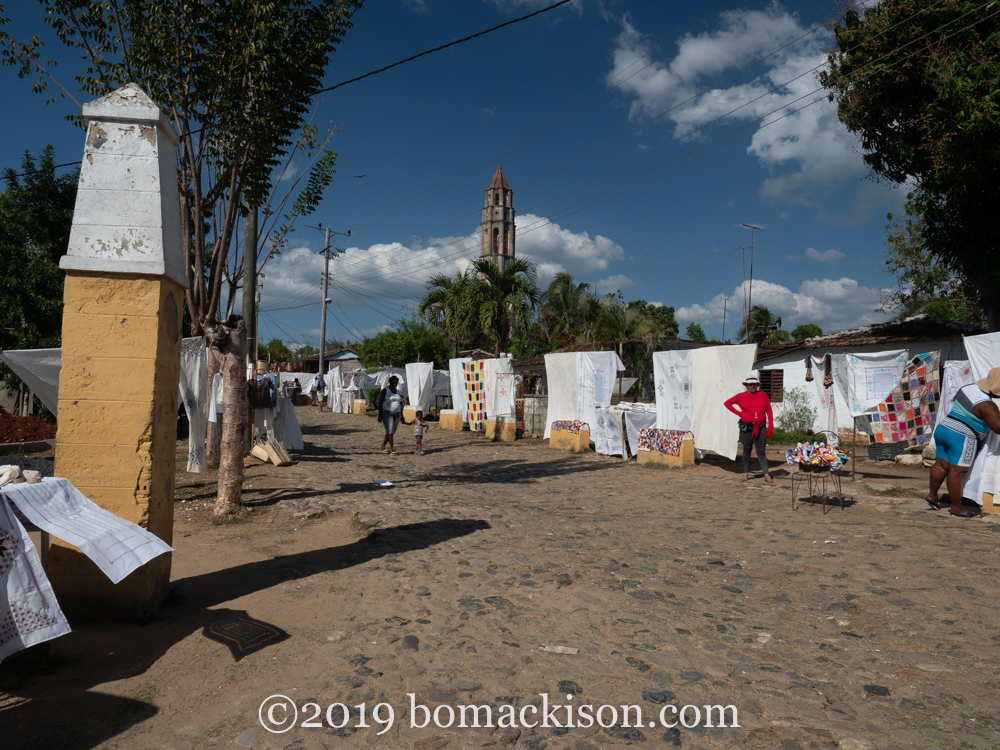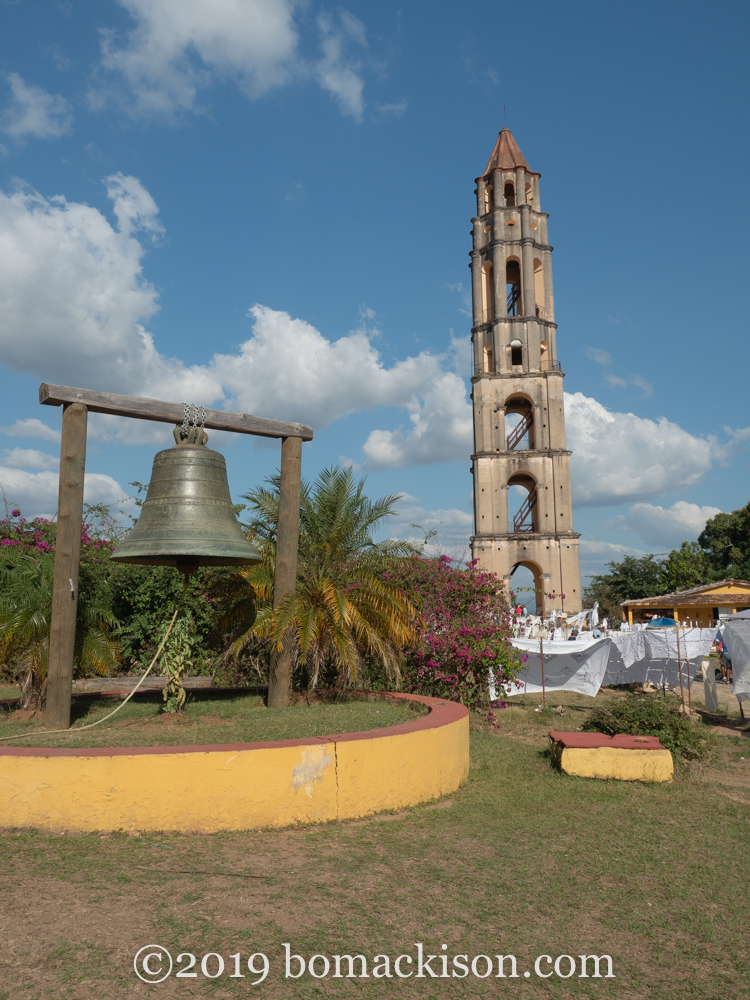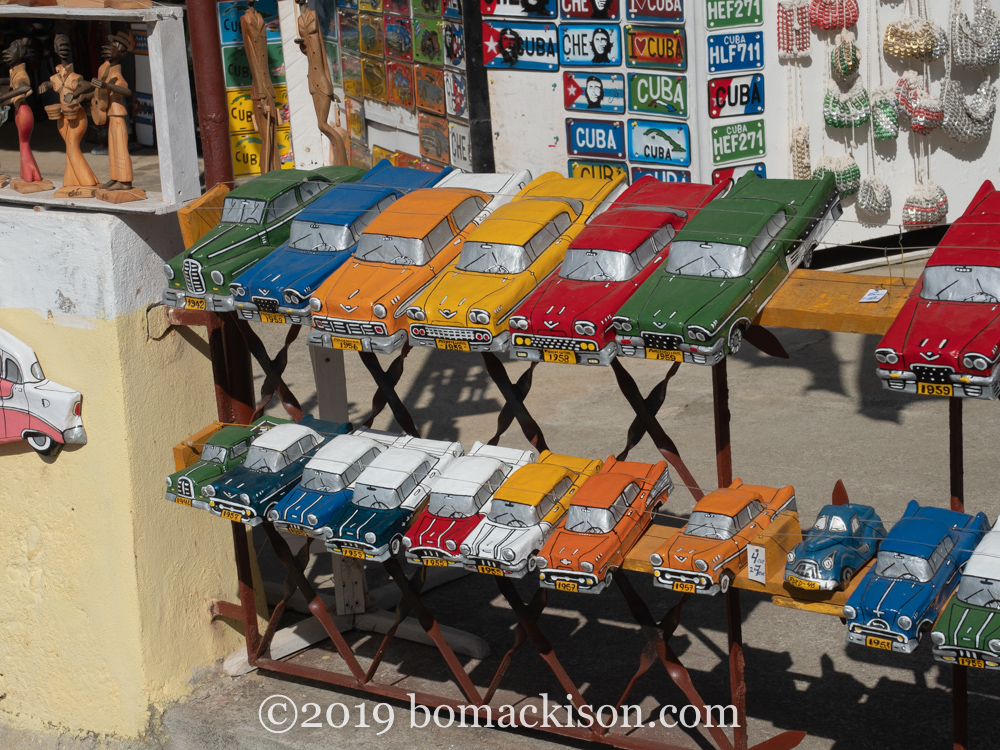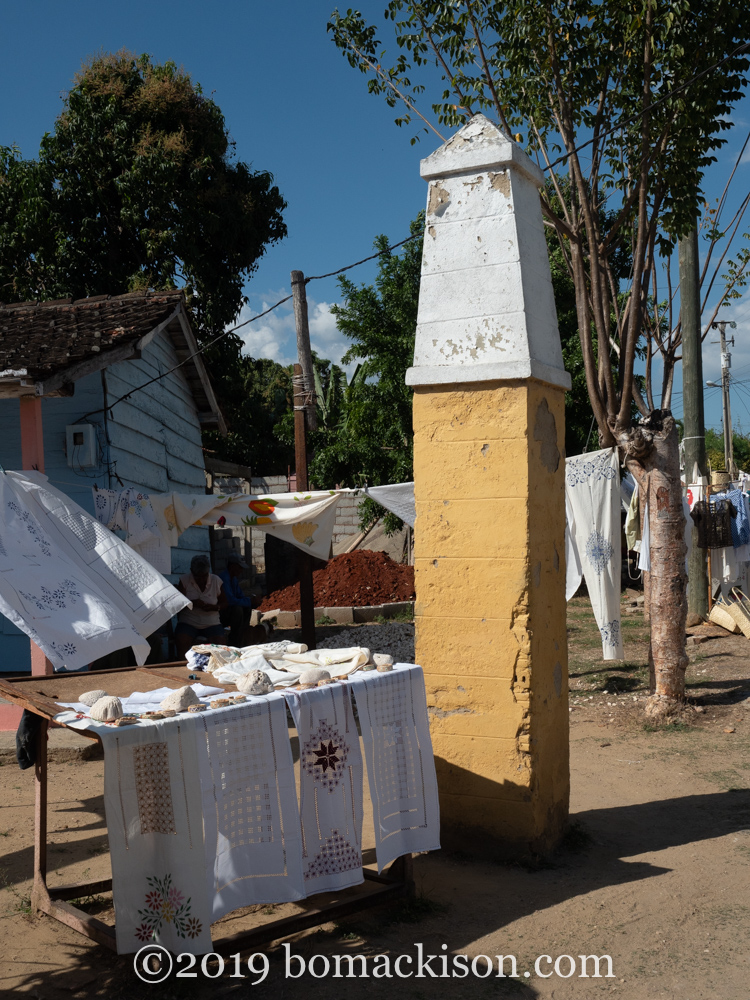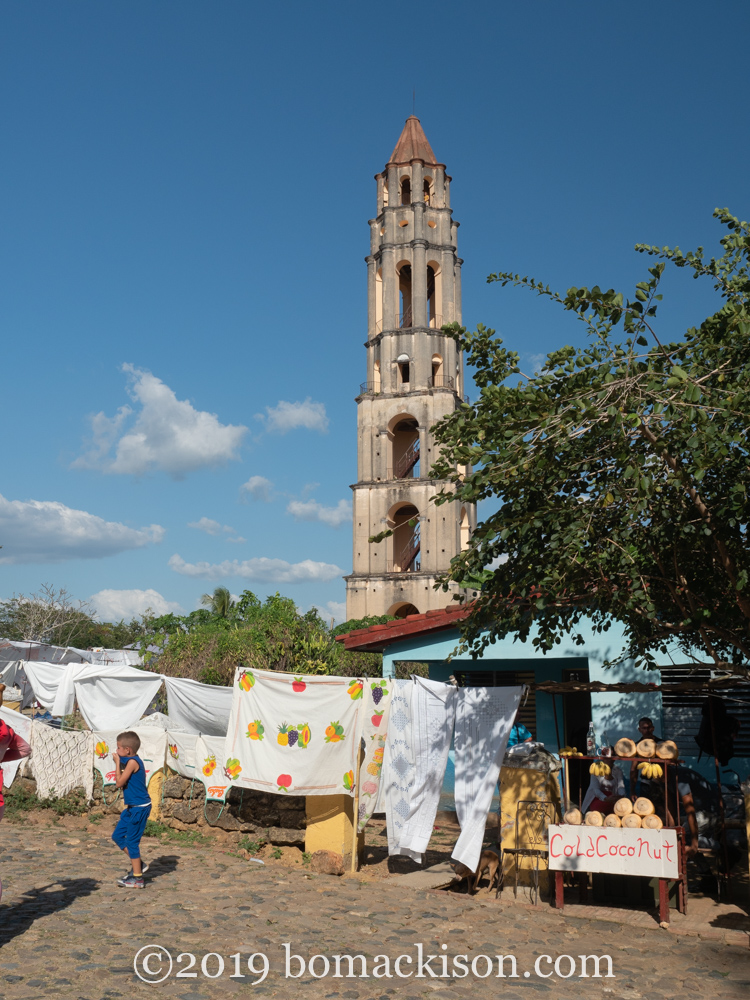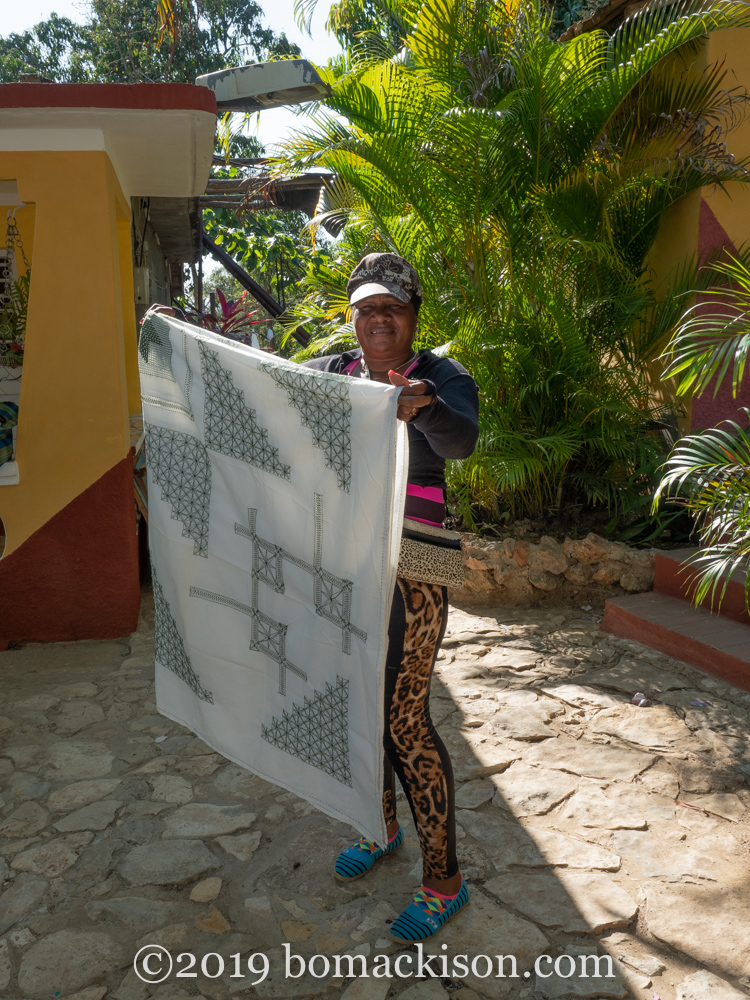Tramadol Online Uk Reviews We took a taxi to Park Guell from Hotel Nobu. Initially, we’d planned a walking route from Nobu to Guell, but the Viking host disabused us of that plan. Though it didn’t sound far — a little more than a mile — I hadn’t considered the topography. As in, all uphill! The taxi got us there in 30 minutes — had to detour around a half dozen garbage trucks on their early morning routes — and cost 10€. Well worth the money. We had timed-entry tickets (10€ per senior over aged 60) purchased two months prior to our visit and arrived just in time to enter during our 30-minute window. (Walk-up tickets were still available for the early entry hours, nothing after 1200.)
While at Park Guell, we took the opportunity to visit Gaudi’s Home (5€ per adult). I loved the view, the details, and especially his private oratorium (prayer room). I never pass an opportunity to visit artists’ homes and I was not disappointed in the house Gaudi designed and built for himself and two family members.
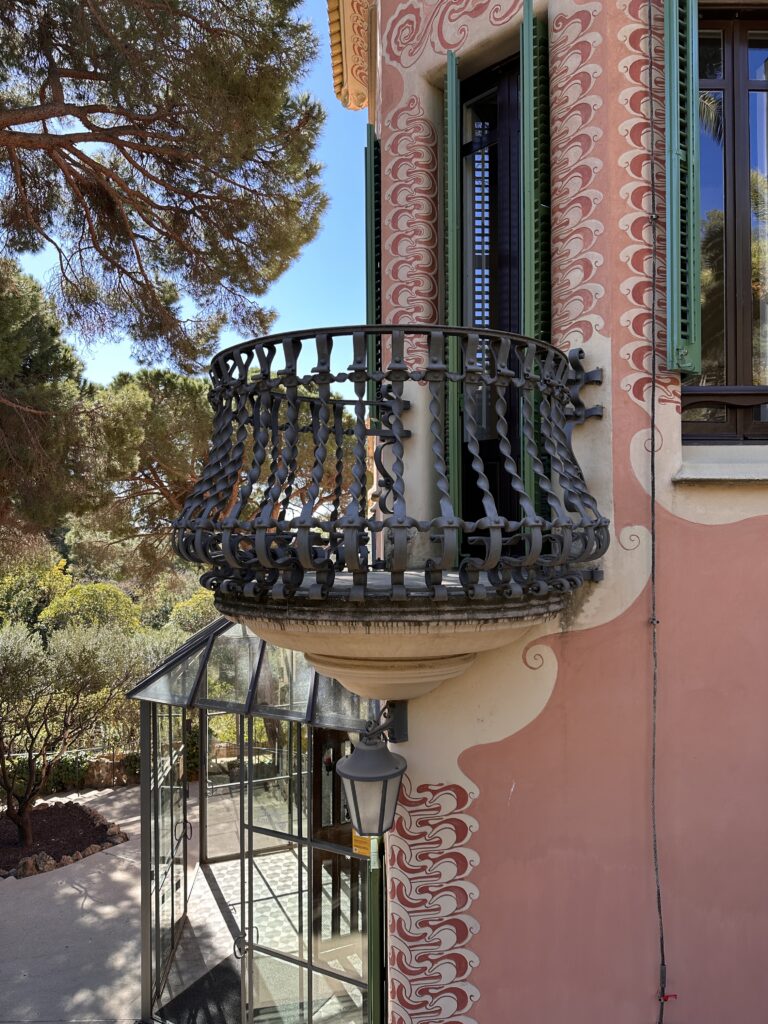
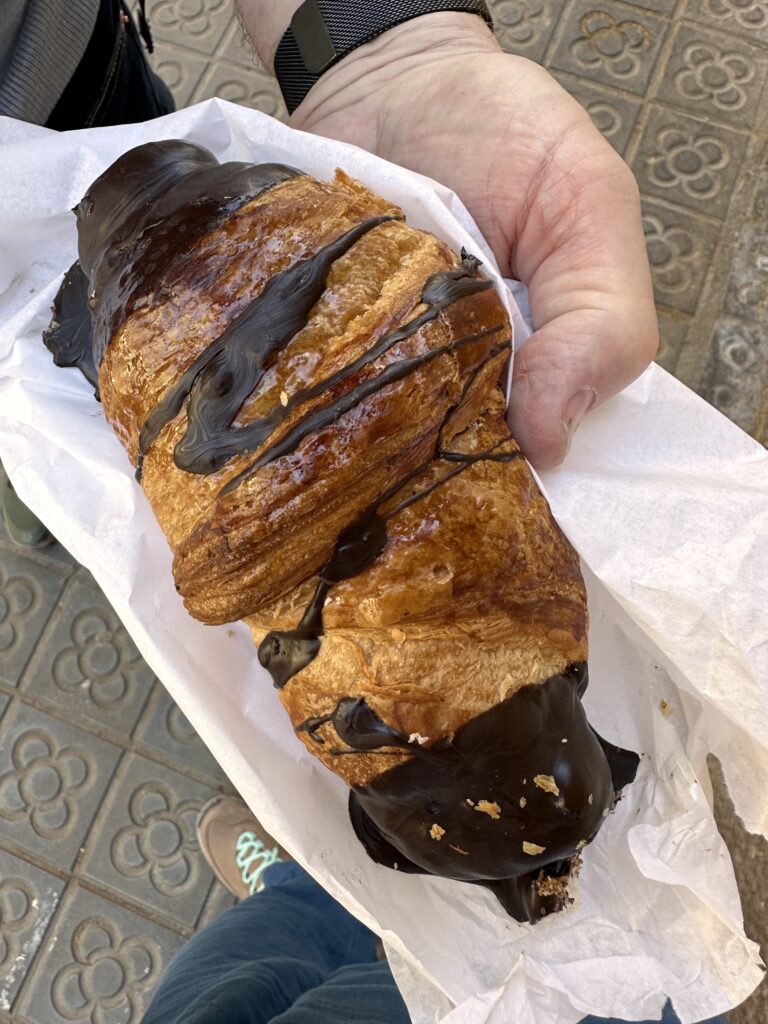
https://oleoalmanzora.com/oleoturismo-en-pulpi/
The reward for all that walking and stair climbing? Chocolate croissants in a little bakery on our walk from Guell to Sagrada Familia church. We had ticketed access to the church’s interior beginning at 1515 so we walked around the exterior. I bought a woven palm cross for 2€ from one of the many women selling their homemade creations; it was Palm Sunday and there were all sorts of weavings from the palm leaves offered for sale — and waited.
Finally! Time to enter Sagrada Familia. Security was required for entrance — xray detectors like those found in airport security — and we were required to store our small backpack in a locker. From the end of the line to our entrance into the church took about 20 minutes. Then, finally, we were inside.
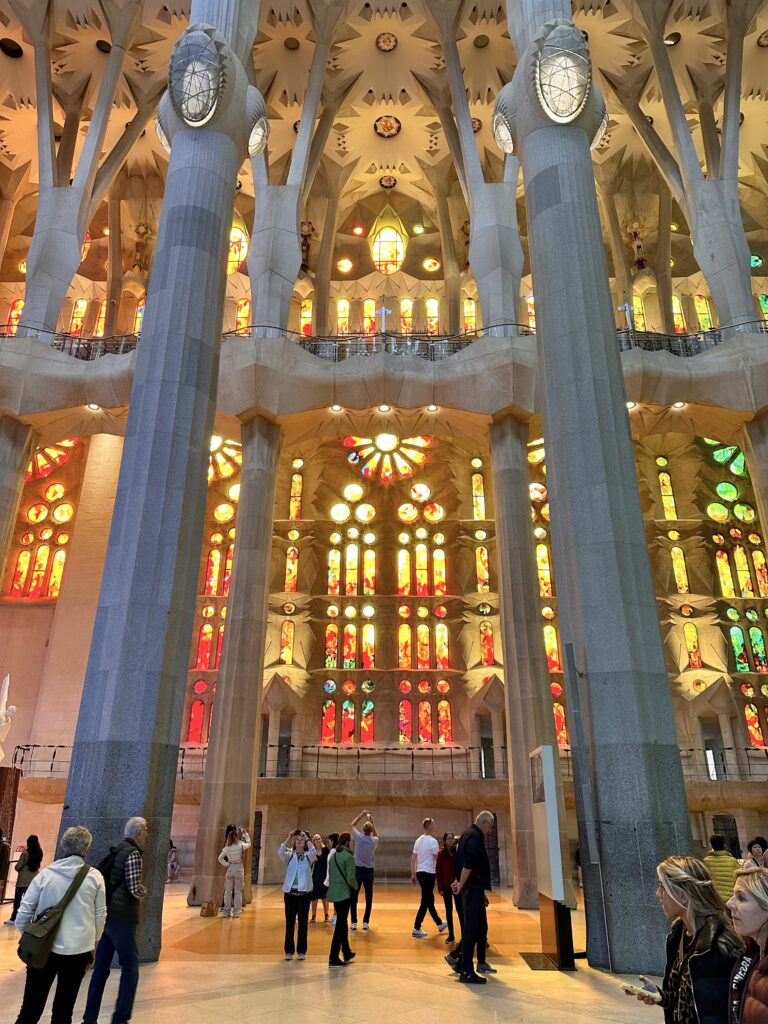
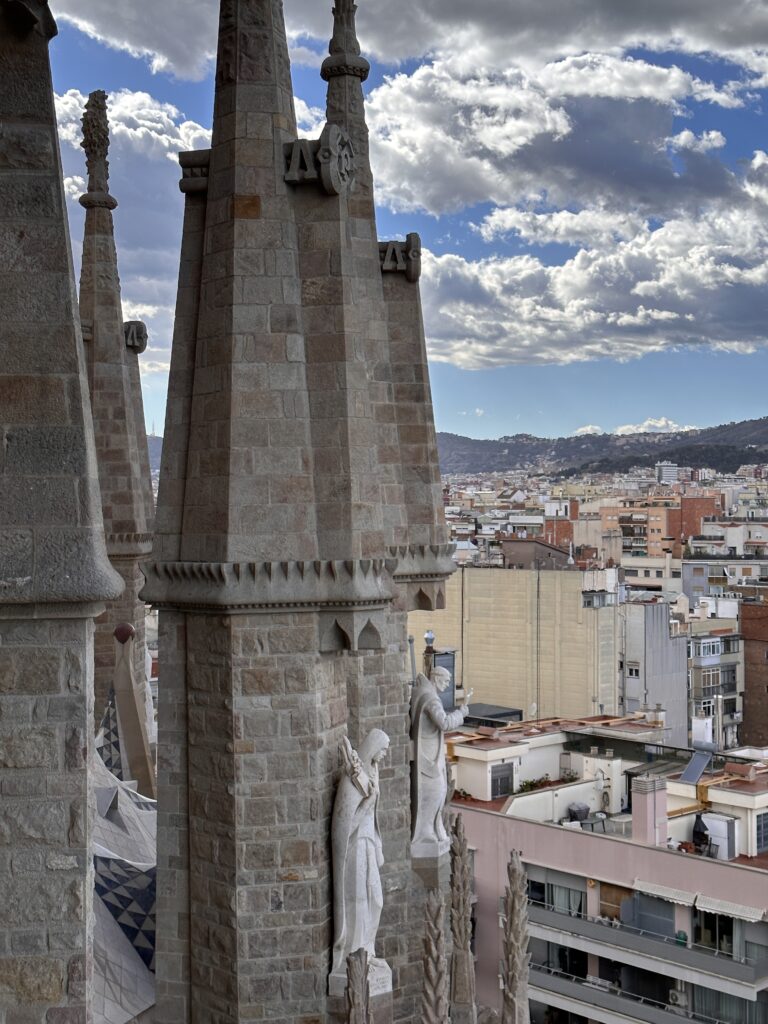
We then took the Tower Tour at Sagrada Familia scheduled for 1645. First, we rode an elevator halfway up the Passion Tower, then we climbed several flights of stairs toward the top and took in the views. Then came the fun part. Descending around and round and round, the steps are deep but there is a sturdy steel handrail for most of the descent. Loved the experience, but my legs weren’t happy the day after. If you are not claustrophobic and you can handle perhaps 100 uneven ascending steps followed by 400+ descending steps, this additional tour is well worth your time and money.
Sitting in the midst of ALL the light, I spent lots of time just sitting and watching the light and color shift in the interior of La Sagrada Familia. Gaudi’s masterpiece. The exterior was breathtaking in its grandeur. Still under construction, it’s due to be finished in 2027. But the inside is all organic form and stained glass and color and light.
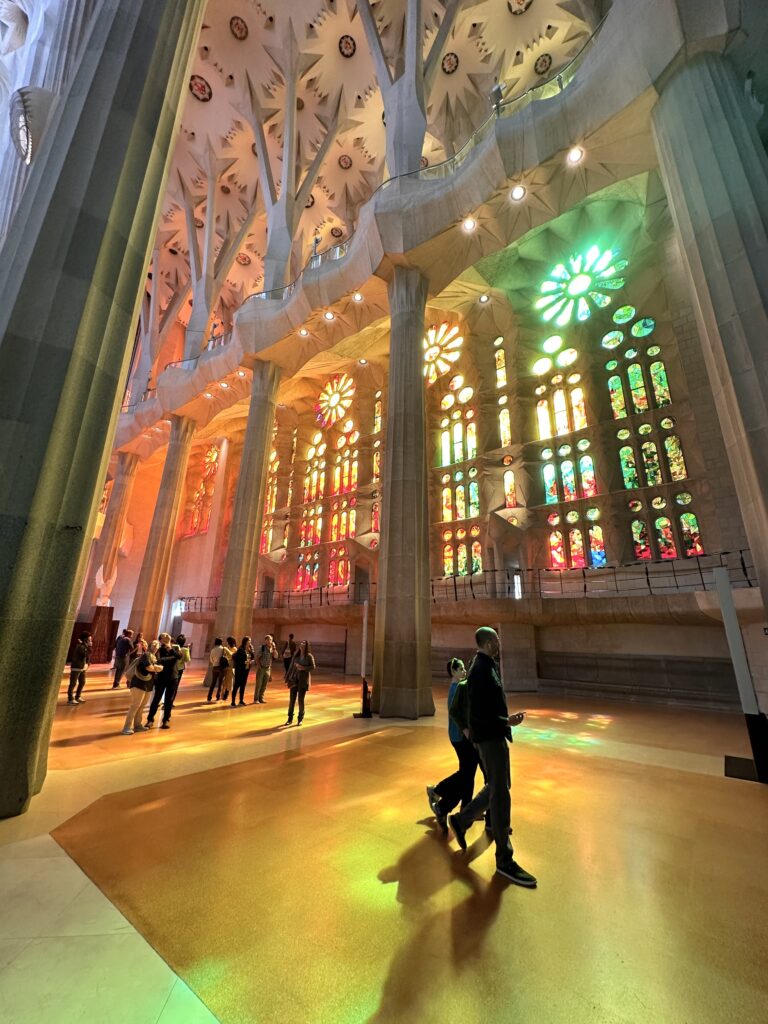
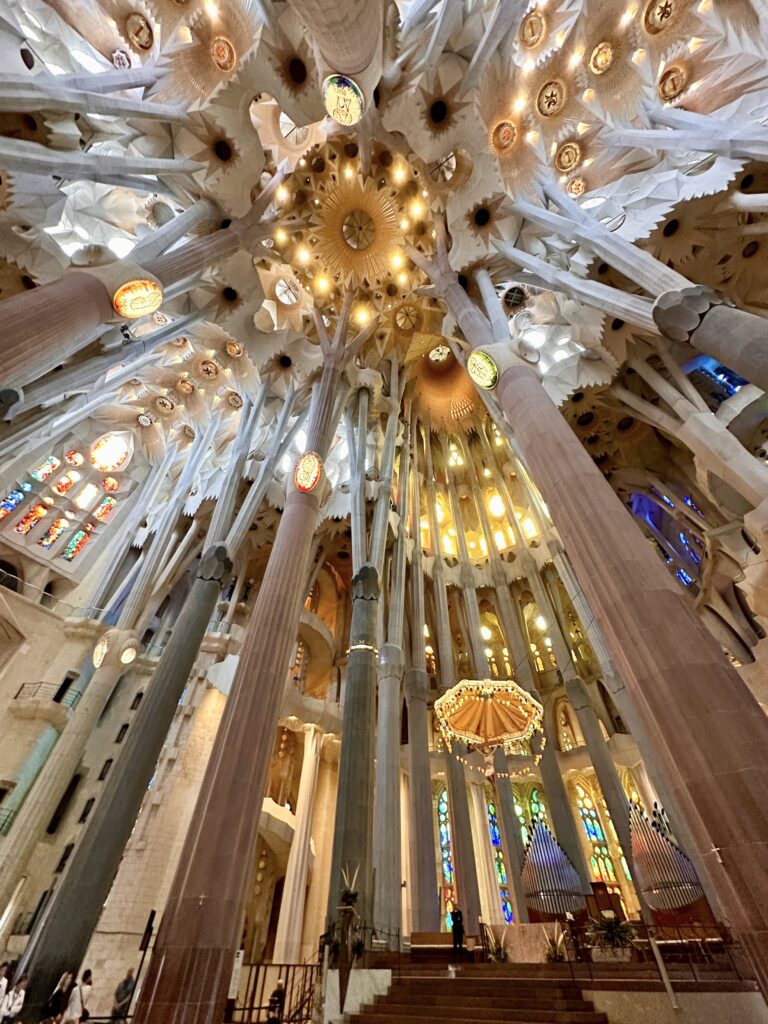
We chose to not take a guided tour as I wanted to explore/take photos on my own timetable. I did order the self-guided audio tour and we used our Bluetooth headphones to listen to descriptions of the various areas. (We abandoned this halfway through. I’d done my research before going and the guide became a distraction. However, I do think many folks would appreciate the guide.)
\
Our Sagrada tickets — entrance, audio tour, and Tower tour for two seniors — were 56€. I purchased them online about 10 weeks prior to our visit. A note: morning sunlight lights up the cool blue and green windows on the east side of the church: afternoon/evening light illuminates the warmer colors — oranges and yellows. If this matters to you, choose tickets accordingly. Next time we go, I’ll try and do a cool colors morning visit.
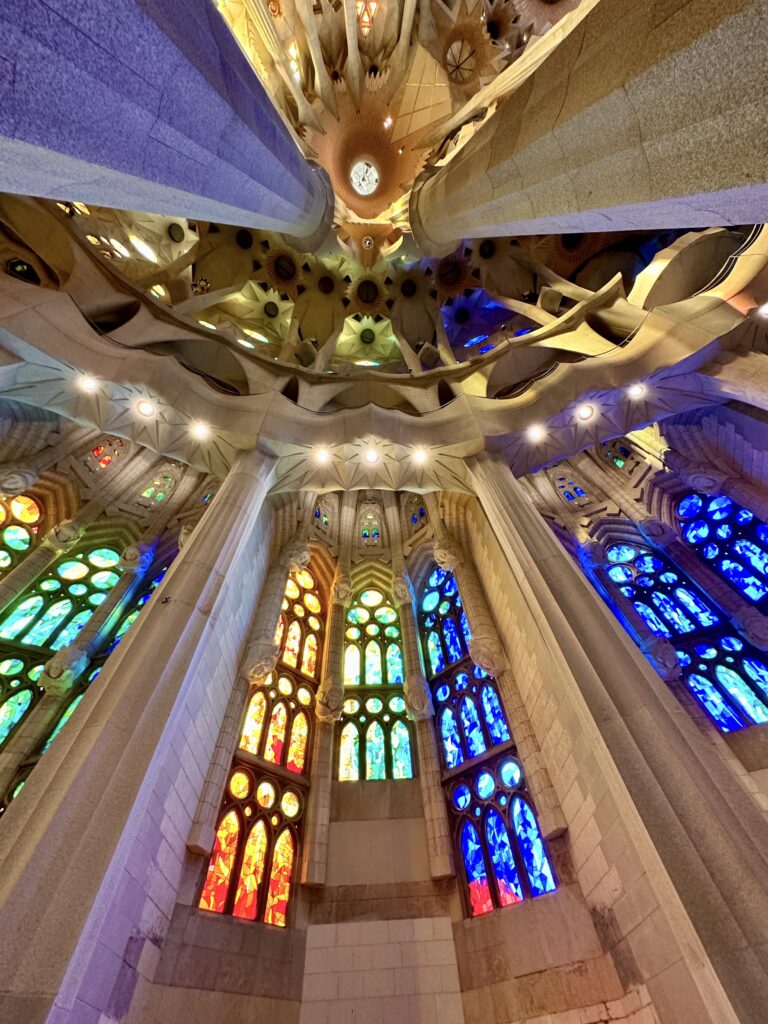
We took public transit back to the hotel. (Train station is across the street from Sagrada, then across the street from Hotel Nobu.) Super convenient, but a bit confusing. If you enjoy exploring that way, I recommend the experience.
There was an optional Viking walking tour offered in the late afternoon. $59 per person. We didn’t go since we’d planned an independent visit including Park Guell and Sagrada Familia reservations, but there was enough interest that Viking organized several tour groups. (If you want to see specific major highlights, plan on getting advanced tickets and going on your own. Folks were disappointed to find out that main attractions such as Sagrada and the Gaudi Houses were at full capacity. Research prior to your trip unless you’re satisfied with Viking planning and providing their Barcelona experience package.)
One of the Viking hosts recommended a nearby restaurant, Asador de Bierzo, for our second dinner in Barcelona. Not as quaint or cozy as our first dining adventure, but the food was fine. Snails. Catalan tomato bread. Iberian ham. Codfish and lamb for our main courses. A local bottle of wine. More expensive than Brases and I wasn’t a fan of the big screen TVs playing nonstop in a nicely appointed dining room. The staff did their jobs, though perfunctorily. If we could get a do-over, we’d choose differently and find a more intimate local place.
